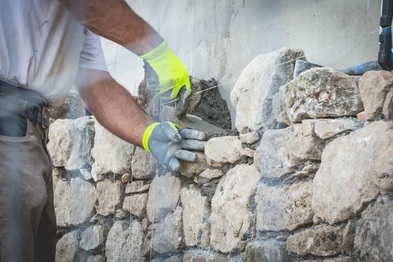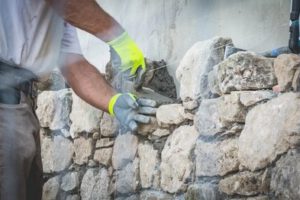While many people think of their roof as the first line of defense against the elements, it is not immune to damage. Storms, such as hail, hurricanes, and tropical, can be incredibly damaging to a home. They can blow away shingles and even break the roof itself. If you are living in Texas, you should take measures to protect your roof. A trained professional at Roofing can assess the damage and determine whether or not your homeowner’s insurance will cover it. If you are unsure whether your insurance policy covers replacement costs, a public adjuster can help you negotiate the best price for your roof repair.

Hailstorms are one of the most devastating natural disasters you can experience, damaging gutters, skylights, and other components of your roof. After storms, it is important to inspect your roof to determine if there are any major damages. Some major damage may not be visible, but it can slowly show itself over time. If you see any major damage, you may need to have it repaired. Otherwise, you could end up with an expensive and lengthy repair bill.
Many roofs have different types of slopes. The lower slope of a roof is steeper than the upper one. The sides of the roof can be flat or curved, depending on the style of the building. The structure and materials used for a roof can differ from place to place. A good place to find a good roof is online. A roof is an essential part of a building’s envelope. No matter what type of construction material you choose, you can find an excellent roof with our comprehensive roofing guide.
While hail damage is often confused with other types of roof damage, it can be difficult to tell the difference. If you see a few dents or small dings on your roof, it may be hail damage. Also, check your gutters, downspouts, and windows for signs of impact. If you see any loose granules or paint, it may be hail damage. Often, shingles will be cracked and loose in spots due to hail.
A professional roofing contractor will be able to document the extent of the damage and provide you with photos of the damaged areas. This information will prove invaluable in the event of a hail storm. Insurance companies also want to know that you received at least eight hail hits on your roof. If you have proof of these occurrences, a professional will be able to help you file a claim for replacement costs. That is, if you need a roofing repair after a hailstorm.
While hail damage can affect all types of roofs, it may have a particular impact on a roof. Different materials are damaged by different hail and a variety of factors, such as the type of material. Hail can result in dents, cracks, and even small holes. Cracks in shingles may cause granules to move around, which can make the entire roof weaker and prone to water damage. Once a hole has been created in the roof, it can lead to a significant amount of structural damage.
Typically, a gambrel roof is found on barns, but it can also be found on some styles of homes. This type of roof has two distinct slopes, one near the walls and a steeper one toward the center. The steep part is sometimes sloping so that when standing on it, the roof appears flat. Mansard roofs are also common on French style buildings. The main problem with gambrel roofs is its difficult construction.


